How to reuse cardboard in the garden – 6 clever ways repurposing delivery boxes can benefit your yard
Reusing cardboard in the garden can turn waste into an invaluable material
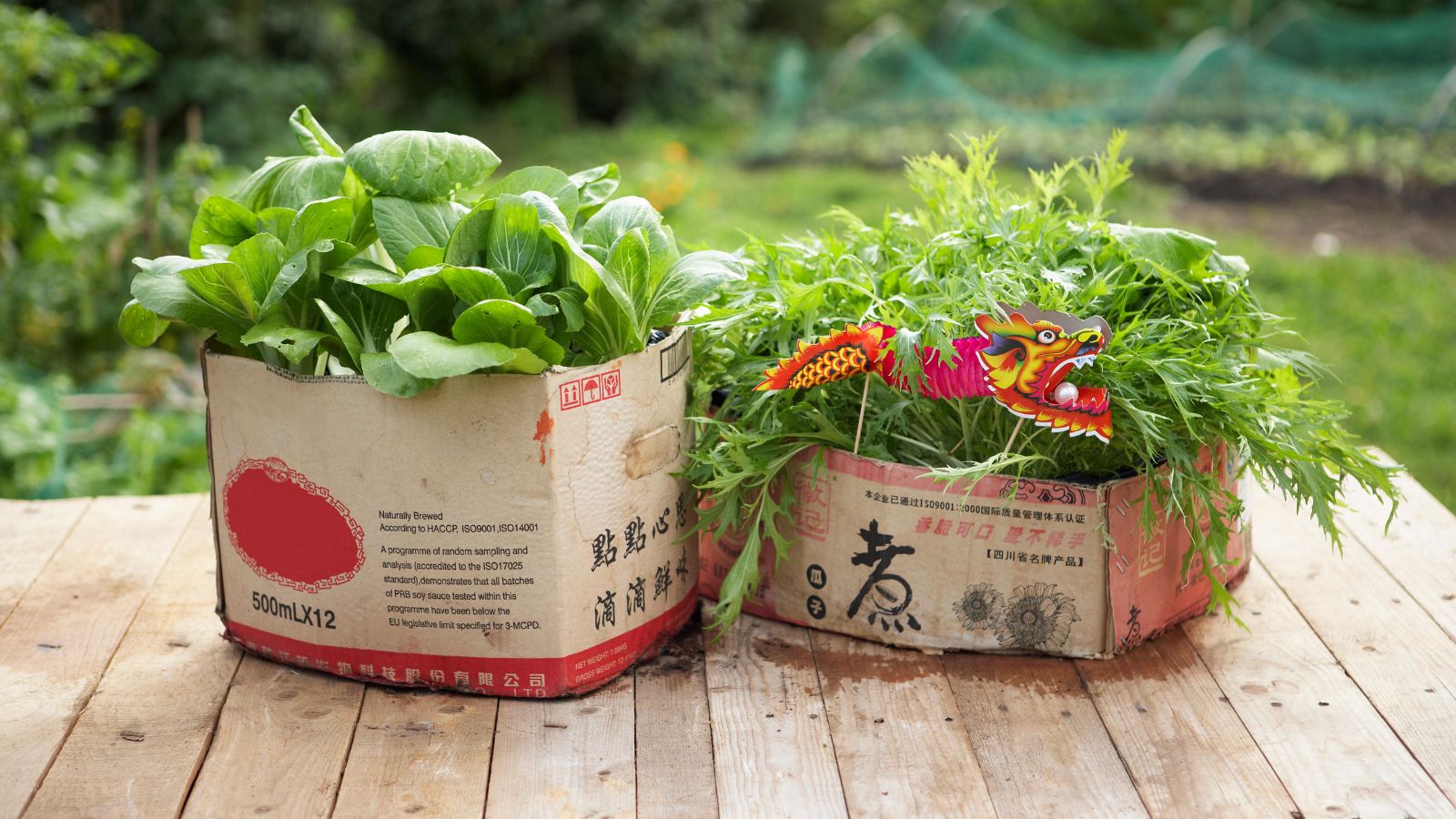

Cardboard is one of the most common sources of household waste. From delivery boxes to egg crates, cardboard usually ends up in the recycling box or the trash.
However, there are lots of ways to reuse cardboard in the yard. Cardboard naturally decomposes, so it's an ideal material to help with lots of different gardening jobs and create an eco-friendly garden.
I spoke to gardening experts about the best ways to reuse cardboard in the yard. They gave me plenty of tips and also mention a couple of uses for cardboard that won't work and are best avoided.
1. Use cardboard as compost
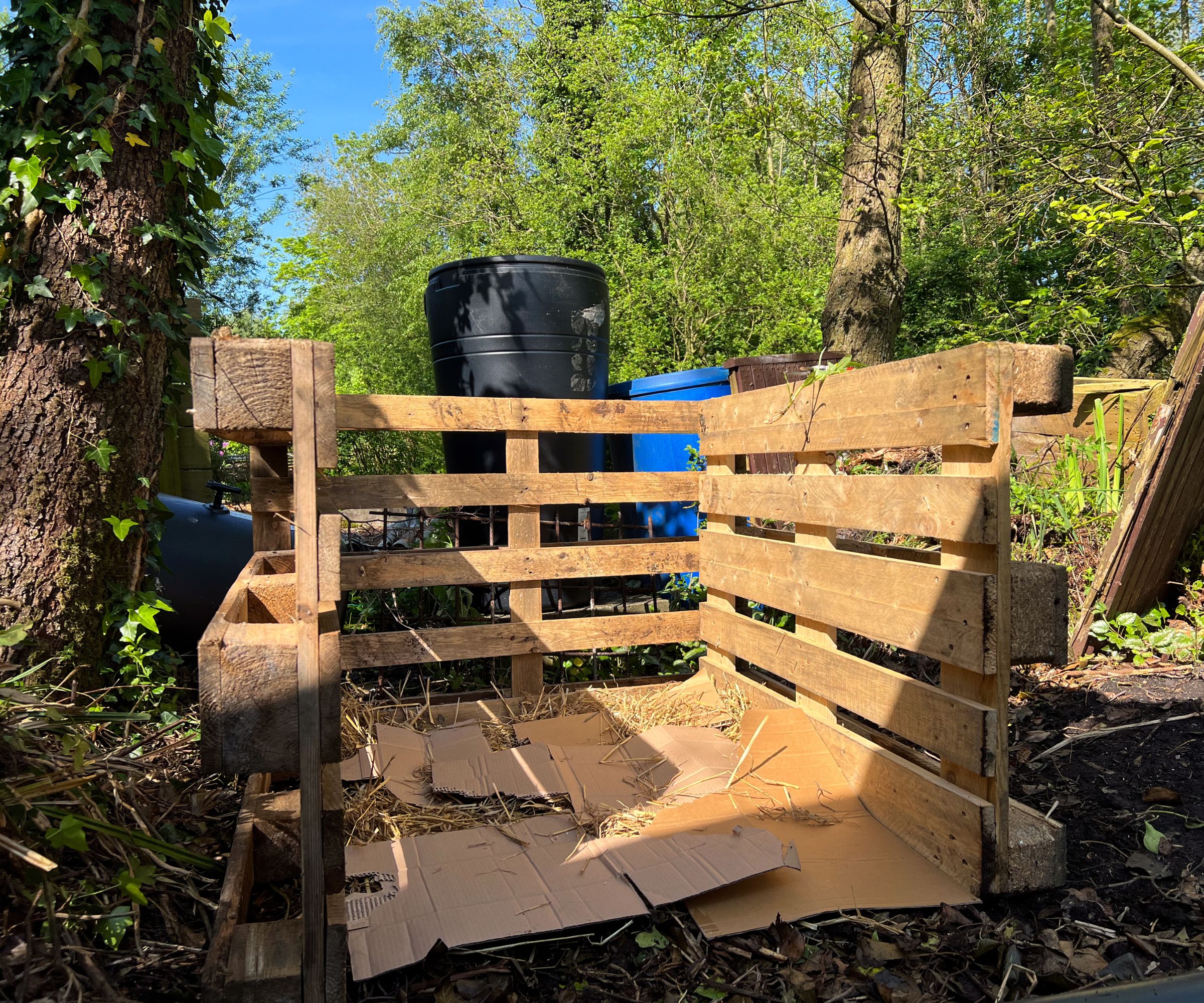
One of the best ways to reuse cardboard is to use it as the brown material in your compost or wormery. However, there's a couple of things to bear in mind.
Gardening expert Valeria Nyman explains: 'You can use cardboard in compost, but don’t go overboard. Cardboard is carbon-heavy (browns in compost lingo), which balances out nitrogen-rich greens like food scraps. Tear it up small so it breaks down faster. Worms love it.'
You also need to be careful about the cardboard you use. Valeria adds 'Watch out for glossy, ink-heavy stuff; that’s a no-go for obvious reasons,' so be careful when reusing cereal boxes.

Valeria is the Chief Product Officer at Taim.io, an innovative platform that serves as a personal, adaptive gardening coach, offering tailored weekly advice to users. Her areas of expertise include growing your own food.
2. Use old boxes as layers of mulch
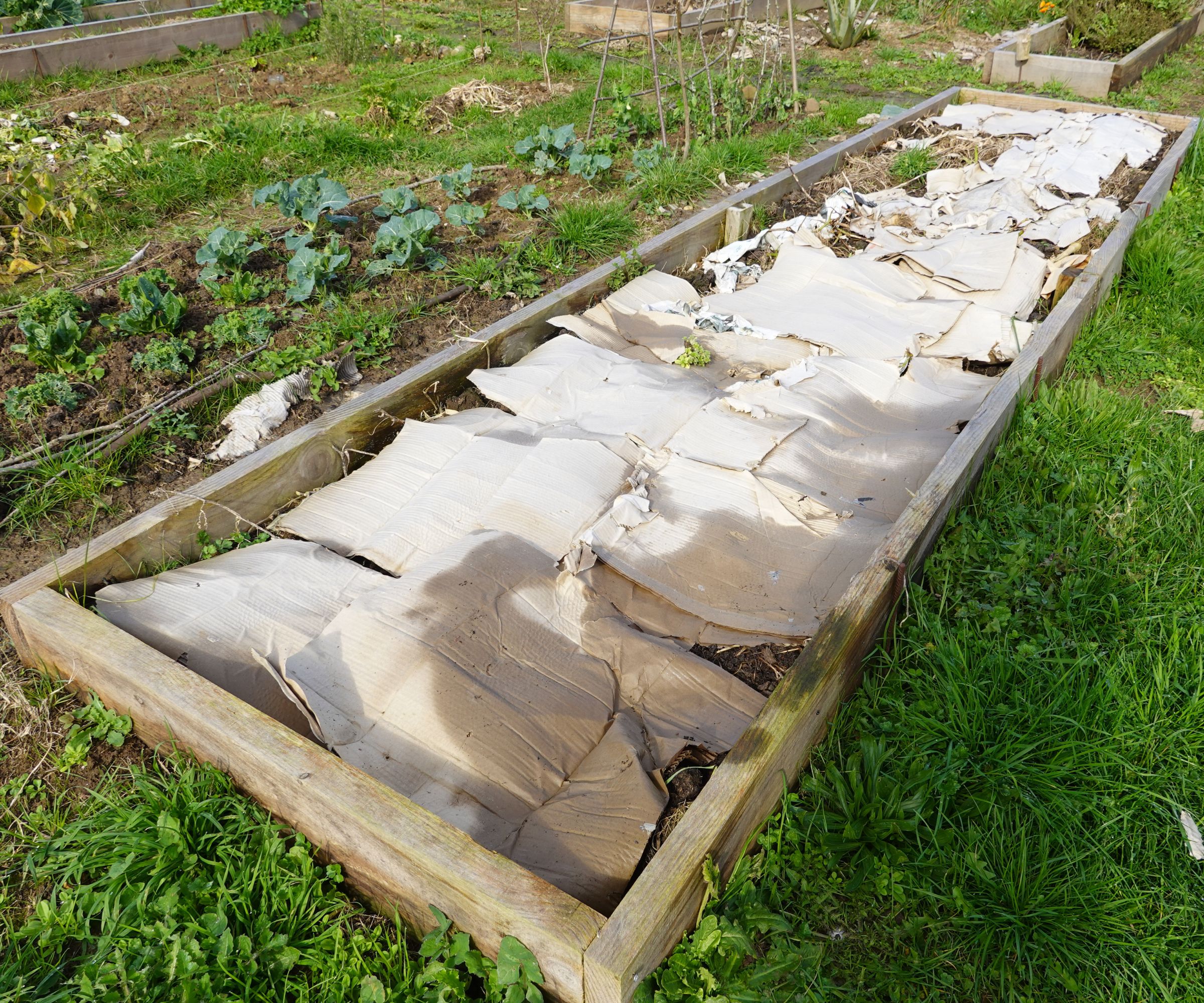
Cardboard is often used as mulch, too. Just like mulch, it provides nutrients, helps to retain moisture, and suppresses weeds. Valeria Nyman says 'Cardboard keeps moisture in, suppresses weeds, and eventually feeds the microbes.'
The process is easy. Just cut the cardboard to fit around your plants and then cover the topsoil. Then, wet it and cover the card with a little soil or compost. Wetting the cardboard first is important because it improves water retention. Valeria explains 'Cardboard breaks down slowly, which is good, but if you don’t wet it first, it can repel water.'
3. Lasagna gardening
Cardboard is also used in lasagna gardening. This popular no-dig method uses layers of cardboard and other waste materials to create nutrient-rich compost in raised beds or containers. It's like miniature, self-contained compost. You make a layer of cardboard and they layer it with green and brown waste material like newspaper and grass clippings.
The drawback of this method is that it takes a while to work. Just like compost, you need a few months before the lasagna is ready to plant. You can start it off with a layer of compost, but if you do this you need to use shallow-root plants like lettuce or kale.
4. Substrate for growing mushrooms
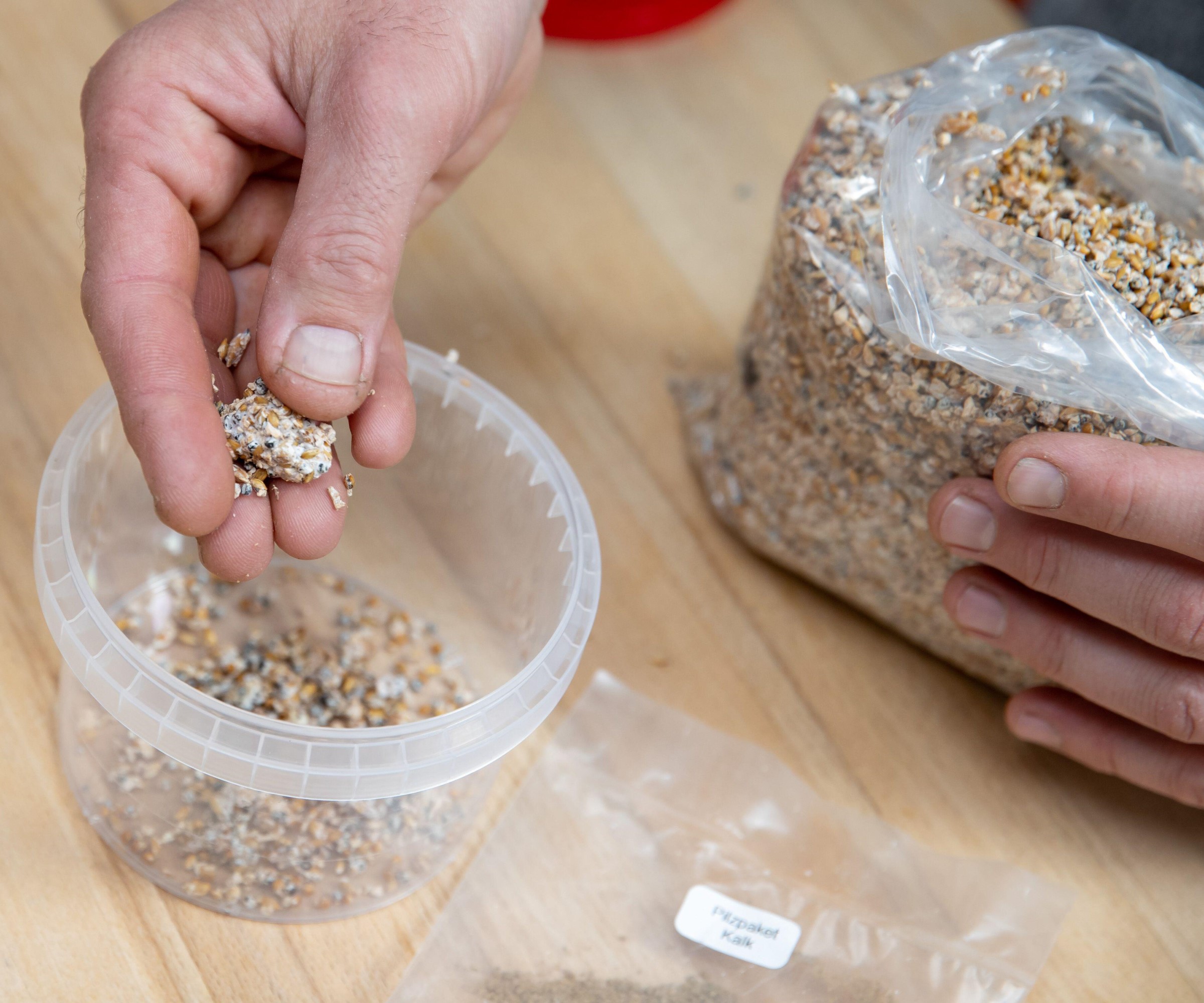
Mushrooms are fascinating to grow - as fungi, they grow a little like plants but need quite different conditions. Mushrooms don't grow in soil; most mushrooms cultivated in domestic backyards need a woody substrate.
Mushroom growing kits like this from Home Depot usually come with a substrate like an old log or wood chips. However, you can just use cardboard.
The method is simple, but there are a few steps. Valeria Nyman says 'Cardboard is great for growing mushrooms, but it needs proper pasteurization.' You need to break the cardboard into small pieces and then soak them in boiling water to pasteurize the cardboard.
This should kill any bacteria in the cardboard that might affect the mushrooms as they grow. Squeeze out the water through a towel, then lay the cardboard pieces in a container with air holes. Add your mushroom spawn and cardboard in layers, then seal your container and store it somewhere cool and dark. This will grow mushrooms.
5. Seed starters
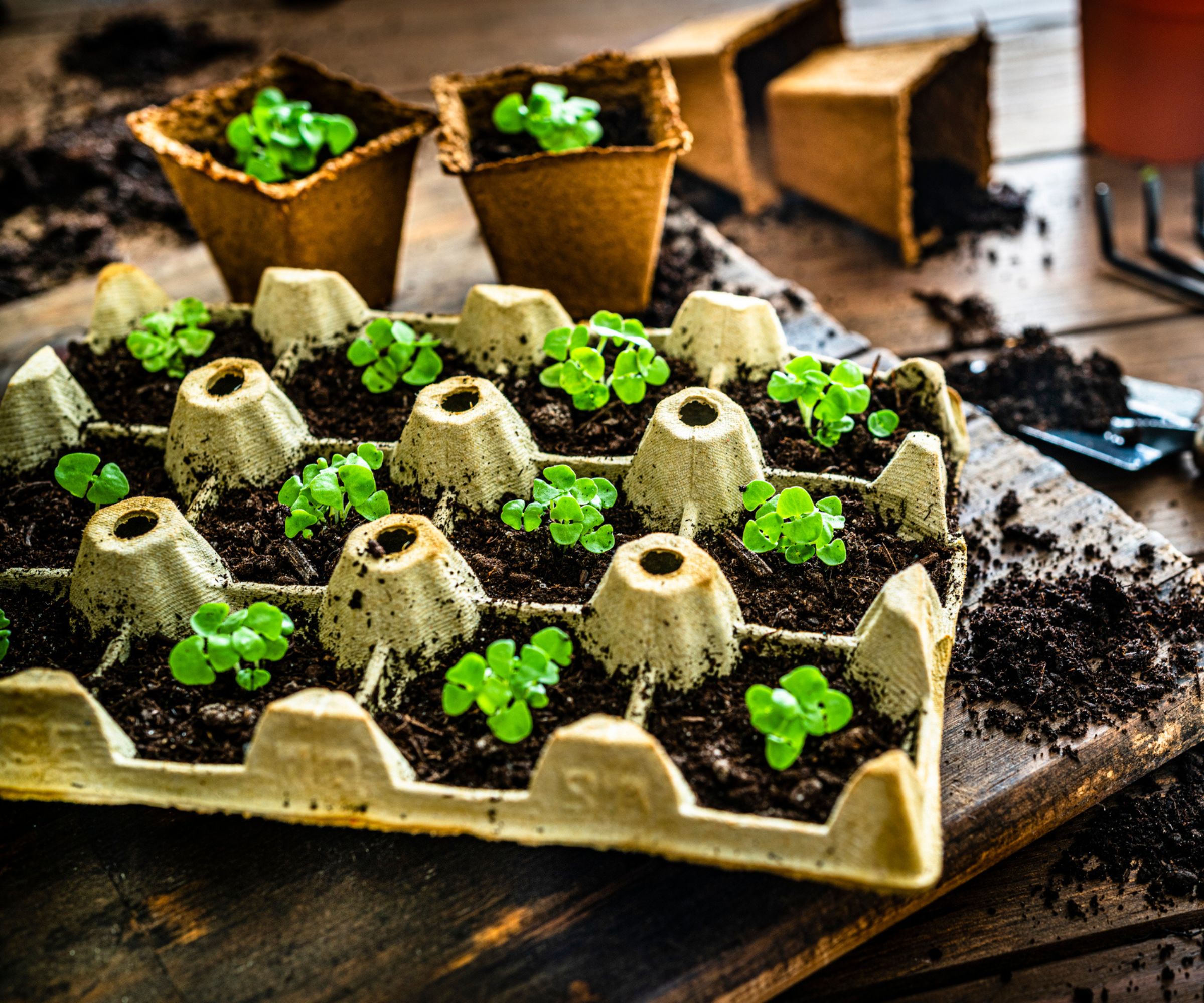
Seed trays are another way to reuse cardboard. Paper pulp egg cartons are especially great for those, because they have ready-made cells for your seeds. Just fill the cells with your potting mix and plant your seeds.
However, you need to be careful with watering cardboard seedling starters. Too much water can turn the cardboard into mush.
Valeria Nyman explains that 'Cardboard seed trays don’t last long in my experience. Cardboard tubes or folded boxes work, but they get soggy pretty fast. Transplant carefully or you’ll be holding a handful of mush.'
6. Bug hotel
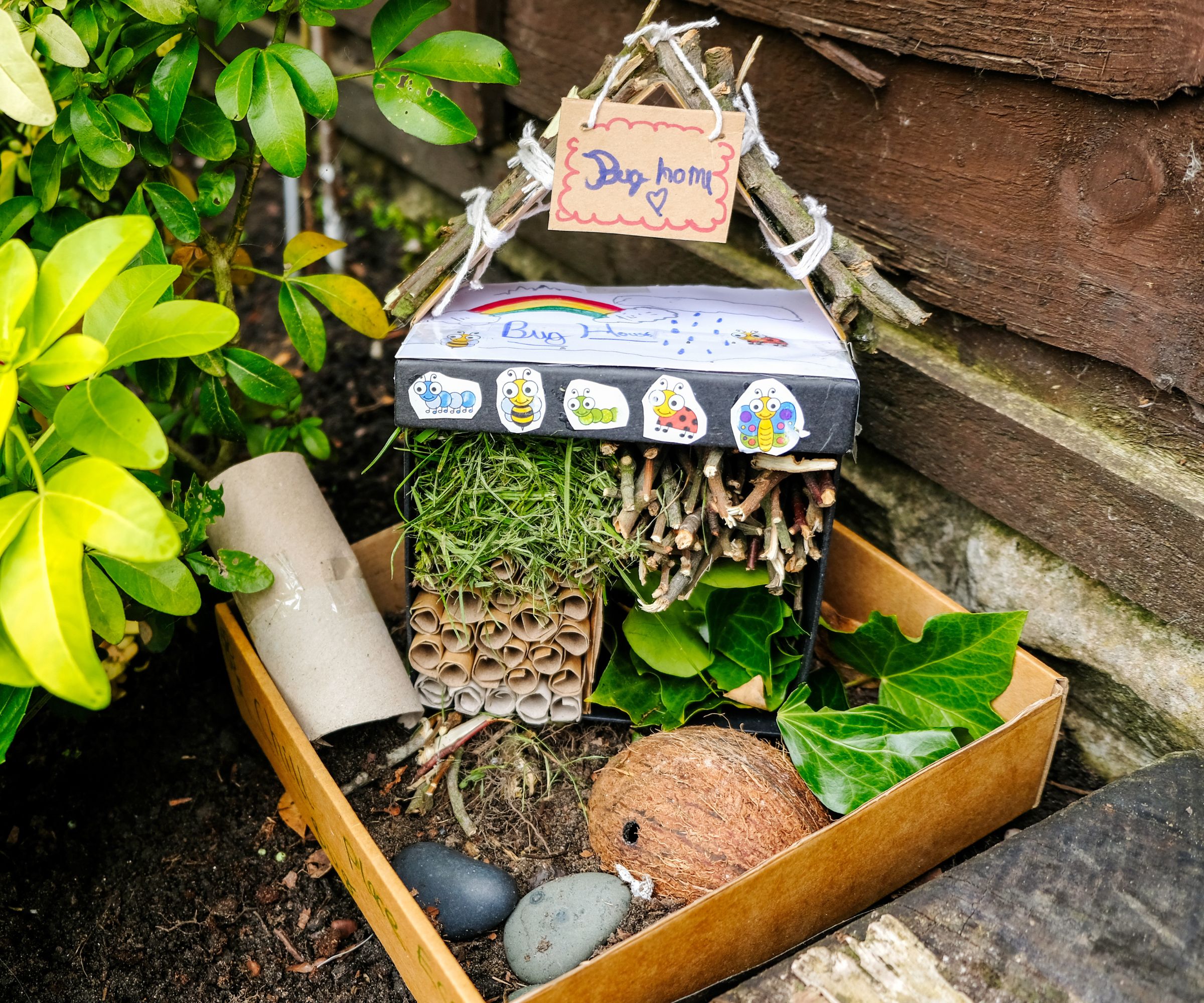
You can also reuse cardboard as a shelter for beneficial pollinators. Many species of insect love bug shelters, and the benefit comes back to you - keeping these insects around your yard can help to pollinate your plants.
Valeria Nyman explains 'Certain insects - solitary bees, lacewings - seem to love cardboard. Layered corrugated cardboard mimics tree bark, which is prime real estate for beneficial bugs.'
You can use lots of different kinds of cardboard. Corrugated carboard is great for solitary bee and wasp larvae, but you can create a similar environment by rolling up toilet paper rolls or packing paper.
The only issue here is that you need to keep the cardboard out of the rain. A wet hotel can collapse and kill the bugs, or encourage mold that can introduce disease.
Don't use cardboard as kneelers or pots
However, the experts say there are a couple of recommended cardboard projects that don't work. You shouldn't use cardboard as pots, because the cardboard inevitably becomes soggy and falls apart. Valeria warns 'You can roll cardboard tubes into mini pots, but they break down quickly, so they’re best for fast-growing seedlings.'
Nor should you use cardboard as a kneeler; it will work once or twice, but it will eventually become too soggy to use. Valeria jokes 'You can use cardboard as a kneeler for about fifteen minutes. Then it’s just a sad, squished, damp reminder that you should invest in proper knee pads.'
Cardboard isn't the only household waste you can reuse in the garden. There are lots of ways of reusing old clothes and plastic bottles in the garden. You can also reuse an old yard hose as grips for buckets and tools.
Sign up to the Homes & Gardens newsletter
Design expertise in your inbox – from inspiring decorating ideas and beautiful celebrity homes to practical gardening advice and shopping round-ups.

As a gardens and lifestyle contributor, Alex makes sure readers find the right information to help them make the best purchase. Alex got his start in reviewing at the iconic Good Housekeeping Institute, testing a wide range of household products and appliances. He then moved to BBC Gardeners’ World Magazine, assessing gardening tools, machinery, and wildlife products.
You must confirm your public display name before commenting
Please logout and then login again, you will then be prompted to enter your display name.
-
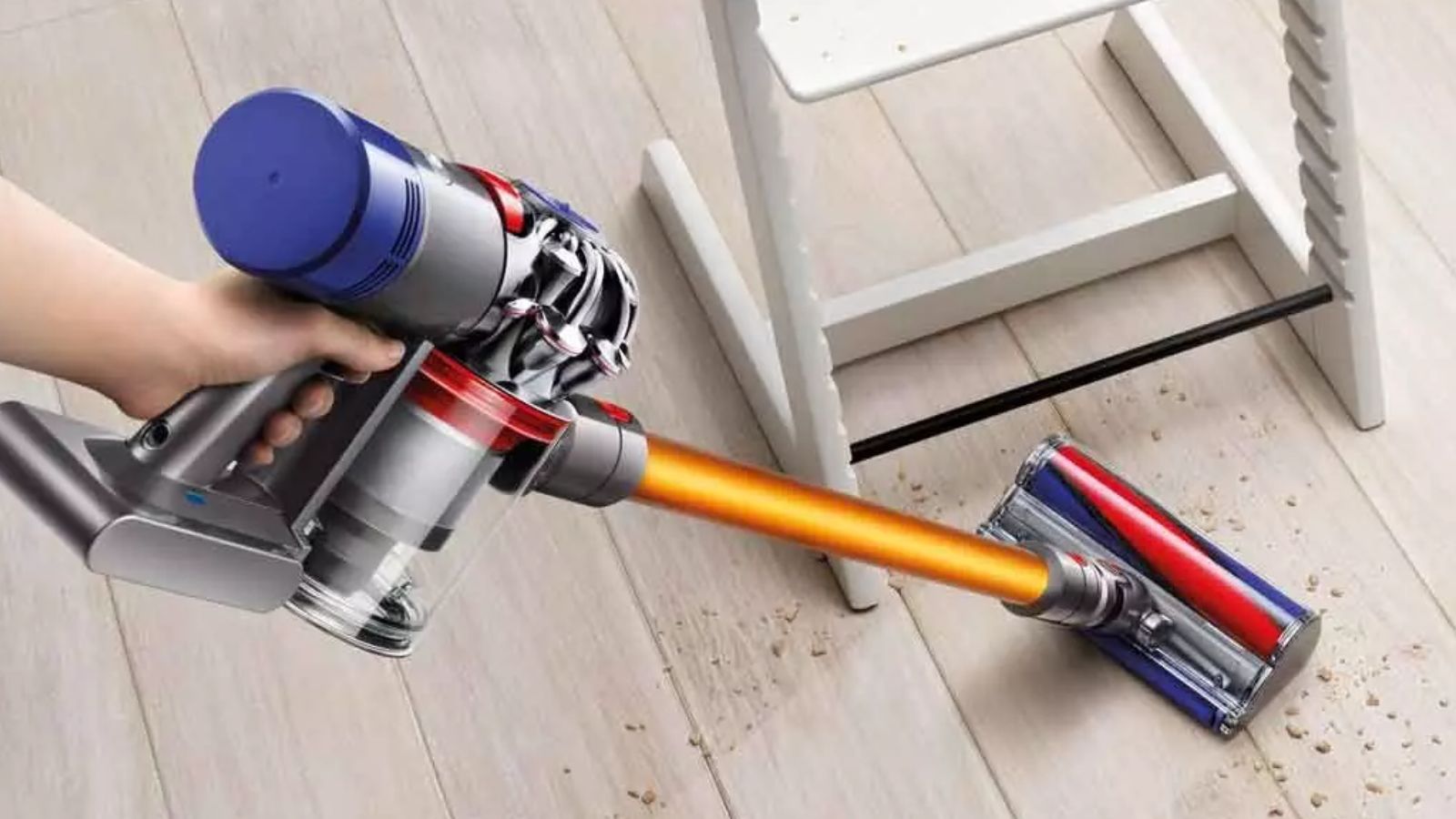 A $170 limited-time discount makes this the most affordable Dyson cordless vacuum on the market right now
A $170 limited-time discount makes this the most affordable Dyson cordless vacuum on the market right nowYears after its release, the Dyson V8 still impresses us with its features and power
By Dan Fauzi Published
-
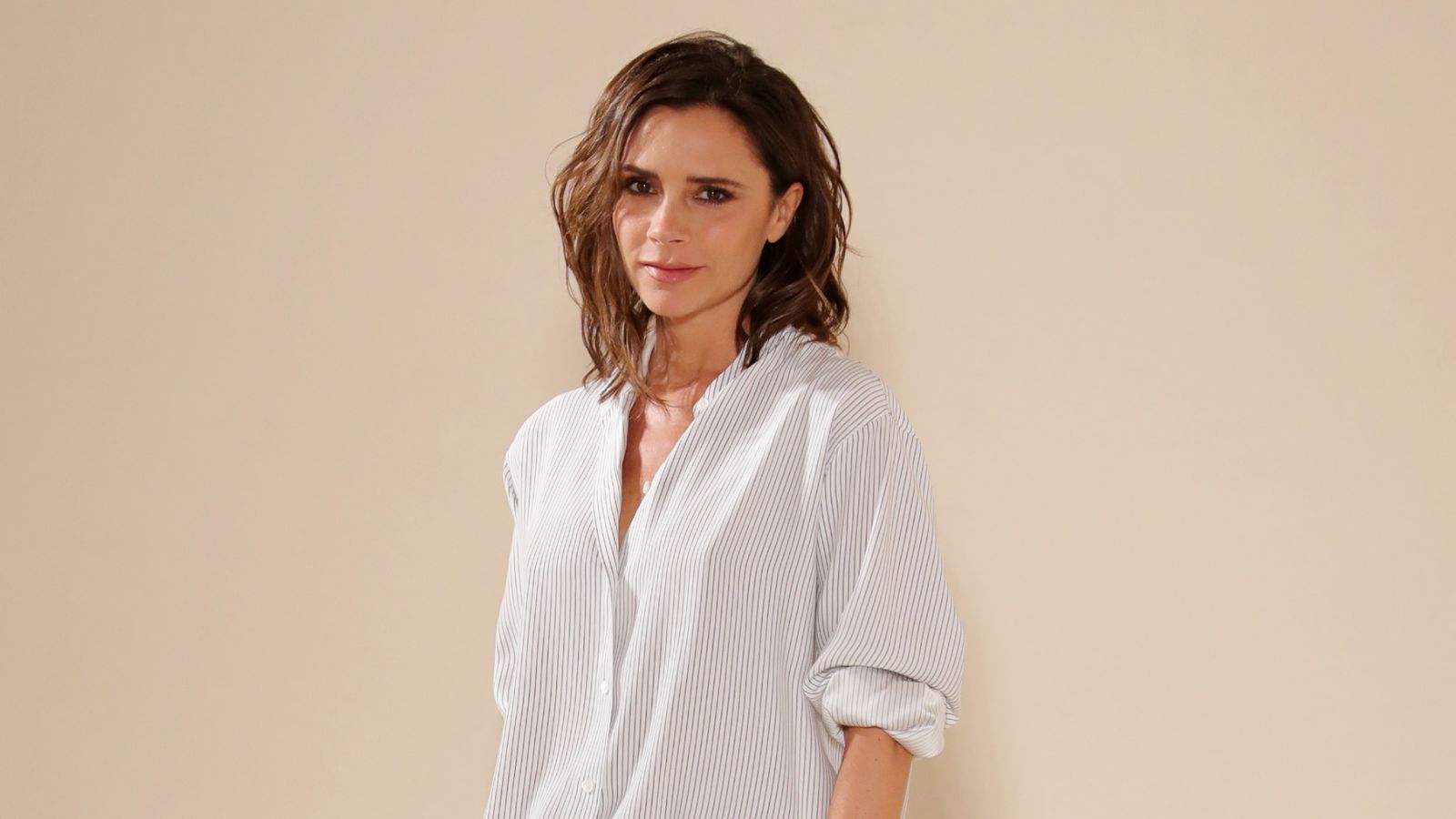 Victoria Beckham has a unique formula for perfect bedding: 'Very expensive sheets and cheap pillows' – you can follow her example from $15
Victoria Beckham has a unique formula for perfect bedding: 'Very expensive sheets and cheap pillows' – you can follow her example from $15Victoria revealed she goes for crisp, white bed sheets and pillows with neck support from Target – and you can shop similar buys at an ultra-low cost
By Hannah Ziegler Published